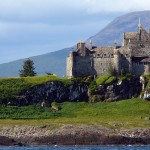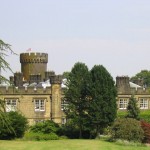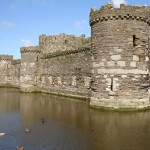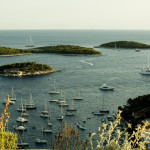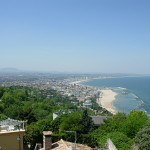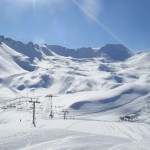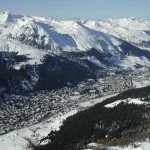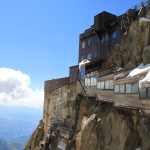Abisko, Sweden – The World’s Leading Aurora Location?
What do the Solar Maximum and Abisko in Sweden have in common? Both were almost unheard of three years ago but such is the interest in seeing the Northern Lights that discerning travellers have searched for the best places to hunt the Aurora Borealis and the trail has led them to Abisko.
This guide explains why it has such an outstanding record in auroral activity and gives a travellers introduction to the area.
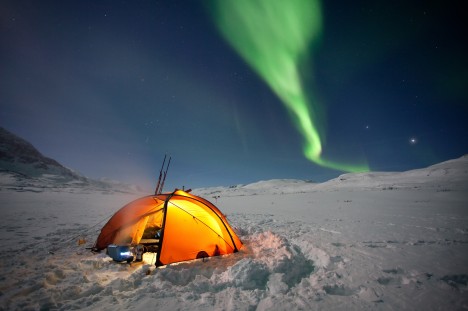
Northern Lights by Jens Ottoson / Fotolia.com
Location
Abisko, a village with an official population of 81, lies in the northwest part of Swedish Lapland. Located 90 Kilometres from Kiruna, which serves as the arrival airport to the region and 40 kilometres from the Norwegian border, it is located 250 kilometres above the Arctic Circle and is reached by train ( 1.5 hours) or by road (1 hour) from Kiruna. The train ride runs on the same tracks used to carry the precious iron ore mined beneath Kiruna to the port of Narvik in Norway.
Why is it so good for Northern Lights hunting?
There are three main reasons why Abisko ranks as one of the best places in the word for seeing consistent sightings of the aurora.
- Being situated well north of the Arctic Circle, the northern auroral oval, where the solar winds are drawn towards the magnetic poles, is directly overhead. This in itself is not unique but is significant.
- The second reason is due to the Gulf Stream which draws warm water up the Norwegian coast and leads to a more moderate climate. Coastal regions can be foggy which affect sightings.
- The third and unique factor is to do with Abisko falling within what is known as a precipitation shadow. This is the result of the location and shape of the high mountains that separates the coast of Norway from Abisko. Precipitation rising off the North Sea releases its snowfall west of Abisko which means that Abisko has much less snow than the region as a whole. Locals refer to the ‘hole in the sky’ but there is no denying the fact that Abisko has the most cloud free nights in Sweden. So marked is this that Björkliden, only a few kilometers away, has much fewer clear nights per season.
In terms of hard facts for the latest season, these are the latest statistics for nightly sightings as recorded by professional Northern Lights photographer Chad Blakley on his night tours:
- Looking at the whole season, 74% of nights between 01 December and the 31 March had the most Aurora activity.
- The lowest month was January at 65% and highest March at 91%.
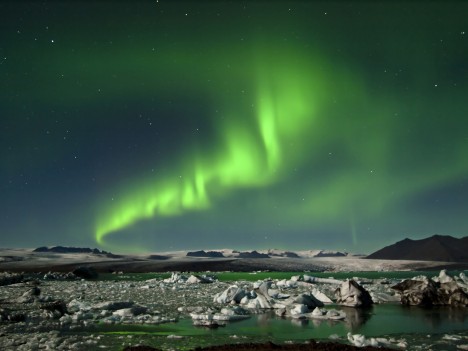
Northern Lights by ronnihauks / Fotolia.com
Where to see them from
Literally if the skies are clear then you have exceptional chances on any given night to the see the aurora from anywhere in Abisko. For sheer drama you might like to venture by chairlift to the Aurora Sky Station, situated about 300 metres up Mount Nuolja (cost 750 SEK), or consider having the excellent dinner up there (1995 SEK). But this is by no means a necessary expense for seeing the Aurorae.
Where to Stay
Abisko has two main accommodations. The STF Turiststation in Abisko has its roots as one of the stops on the famous 450 km Kungsleden hiking trail which tracks through the mountains of North West Swedish Lapland. The hotel/ lodge has 104 rooms which have seen some modernisation over the last few years. There is a restaurant and lounging area too.
Alternatively there is Abisko Mountain Lodge which has 16 rooms and is run by the welcoming Mina and Dick Johansson. En suite rooms are simple but the communal area and restaurant are packed with atmosphere. The restaurant serves excellent cuisine based on the best local ingredients and is a definite reason for staying.
What to Do
Nights take care of themselves during the aurora season although there are a few enhancements to any itinerary. Besides a night up at the aurora sky station two of the top aurora photographers in the world run courses during the winter months. Chad Blakley and Peter Rosen are both based in Abisko and are worth spending time with, irrespective of whether you are a professional or amateur photographer!
During the day there are numerous things to do. Bookable in advance by your tour operator are husky and snowmobile day tours, both of which have great appeal to most visitors to the region.
For hardier visitors, how about trying your hand at ice climbing up a frozen waterfall in a canyon in Abisko or alternatively spending some time ice fishing on the majestic Torneträsk Lake? This is home to the ice fishing championships and little fishing huts can be seen along the vast length of this lake.
Daytrips from Abisko can either take you towards Kiruna and its neighbour Jukkasjärvi, home to the original and best IceHotel. Alternatively you can cross the border and descend through the Norwegian Fjords into Narvik, the small interesting port which saw much naval warfare in World War 2. The fjord is still home to a number of sunken German battleships.
Alternatively, for those wishing to learn about Sami life and indeed the mythology of the Northern Lights, then there are a number of settlements within 30 minutes of Abisko that welcome people on Northern Lights tours or day trips where reindeer safaris can be undertaken.
Finally for late season arrivals, the Abisko region is regarded as the best ski destination in Sweden. The main resorts are at Riksgränsen and Björkliden which offer downhill skiing and snowboarding, cross country and snowshoe trails while Abisko itself is regarded as an excellent base for heli-skiing. Dick Johansson at Abisko Mountain Lodge is the pre-eminent guide in the region for this extreme form of skiing.
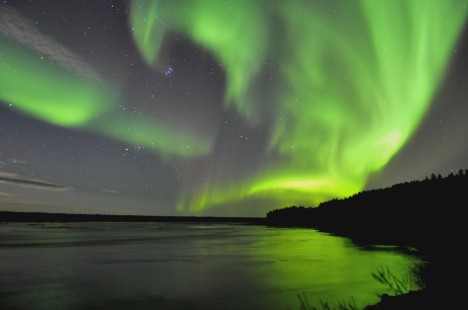
Northern Lights by Stefan Senft / Fotolia.com
Best time to Go
February and March when the days are getting longer, the climate is at its best and the aurora are consistently good!
About the Author: Kevin Collins is a seasoned Northern Lights expert, having built up a wealth of knowledge over the years about the natural phenomena through his business Weekend a la Carte – a leading specialist in Abisko Northern Lights trips and other top Aurora-spotting travel destinations.






